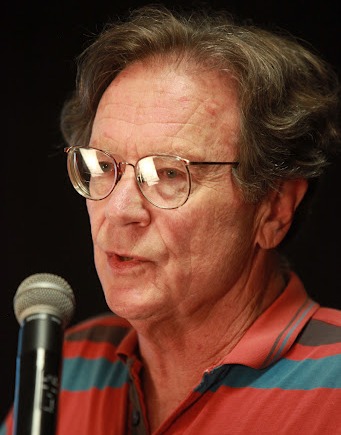Year: 2012 Pages: 16
In sections four and five, the logic of the new technique is compared to the logic of special relativity. One of Einstein's own teaching examples, the 'long train thought experiment', becomes the central vehicle for confronting the two different approaches. After introducing minor changes to Einstein's original example -- for clarity, and similar to such changes in other teaching examples published elsewhere -- their incommensurability is demonstrated graphically.
A series of provisional findings appear in the conclusion, under the assumption that the new proposal is both logically consistent and otherwise well-founded. If the new design ultimately can be fashioned into a working instrument, and if it performs according to the expectations of its designers, then it is also argued that its practical use in collecting real physical data eventually should lead to a more rational and realistic picture of nature than the one currently anchored by special relativity.


